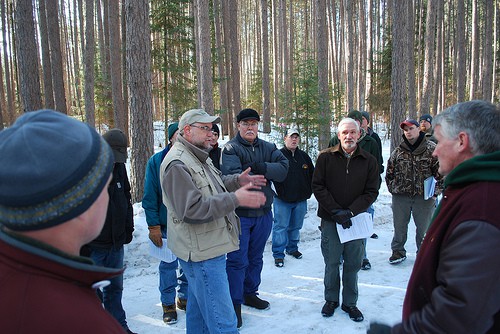The granddaddy of place-based national forest legislation is the 1998 Herger-Feinstein Quincy Library Group Forest Recovery Act (“QLG”), which resulted from a 1993 collaborative group “community stability proposal.” So how has the law worked out? Here’s what the Forest Service reported in its latest QLG monitoring report:
Implementation of the Pilot Project continues to be affected by litigation and appeals. Court decisions are pending on cases that have been in litigation for up to four years. In FY08, approximately 90 percent of all timber sales or service contracts across the HFQLG Pilot Project area were stalled due to litigation or appeals. As a result, volume of both sawlogs and biomass sold declined by 50 percent from FY07 levels.
Since 1998, QLG-area sawlog volume sold averaged less than 20% of the 1992-1997 average level. Forest Service expenses have stayed constant, but timber revenues have declined to 35% of pre-QLG law levels. Forest industry jobs have dropped 25% and several of the area’s largest sawmills have closed.
The Forest Service bureaucracy is the major beneficiary, as QLG proved to be a magnet for federal spending. But few would argue that the original “community stability” goal was realized, nor, perhaps, could changes in natural resource policy alone alter the downward economic trajectory suffered by most of the West’s rural communities.
Modern-day proponents of similar schemes, e.g., Beaverhead-Deerlodge and eastern Oregon legislative proposals, would do well to learn from QLG’s experience.

